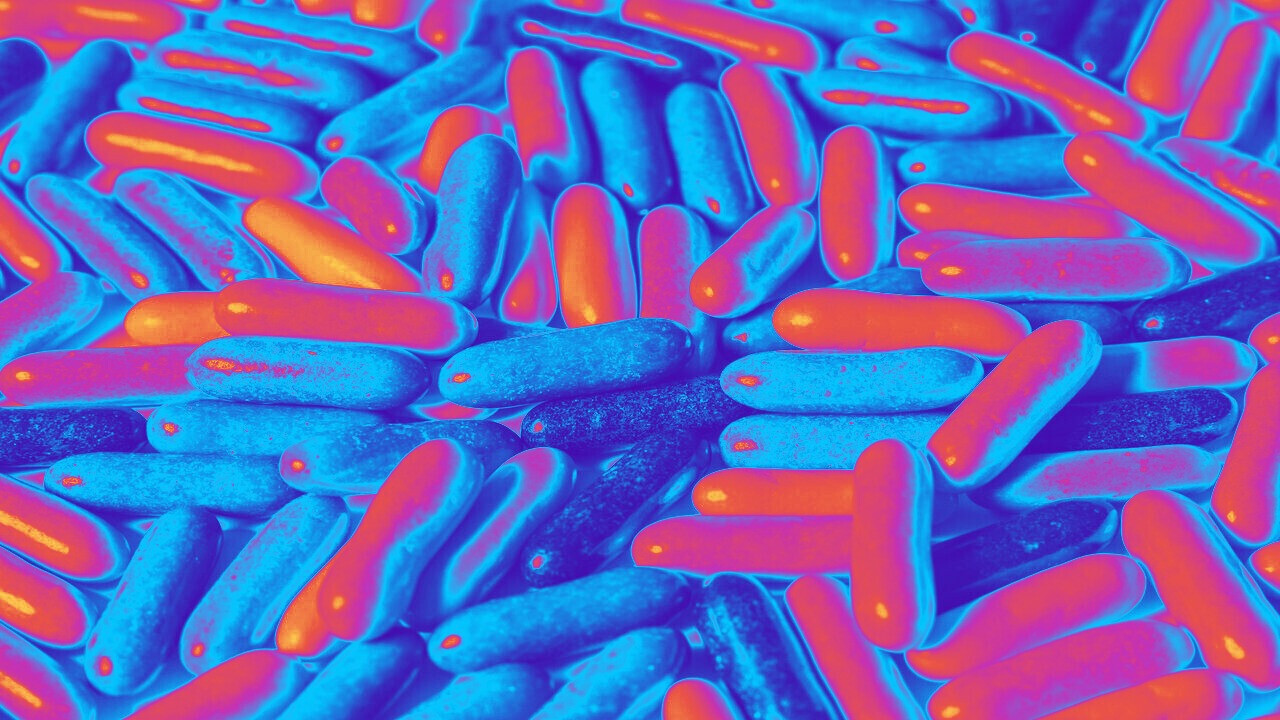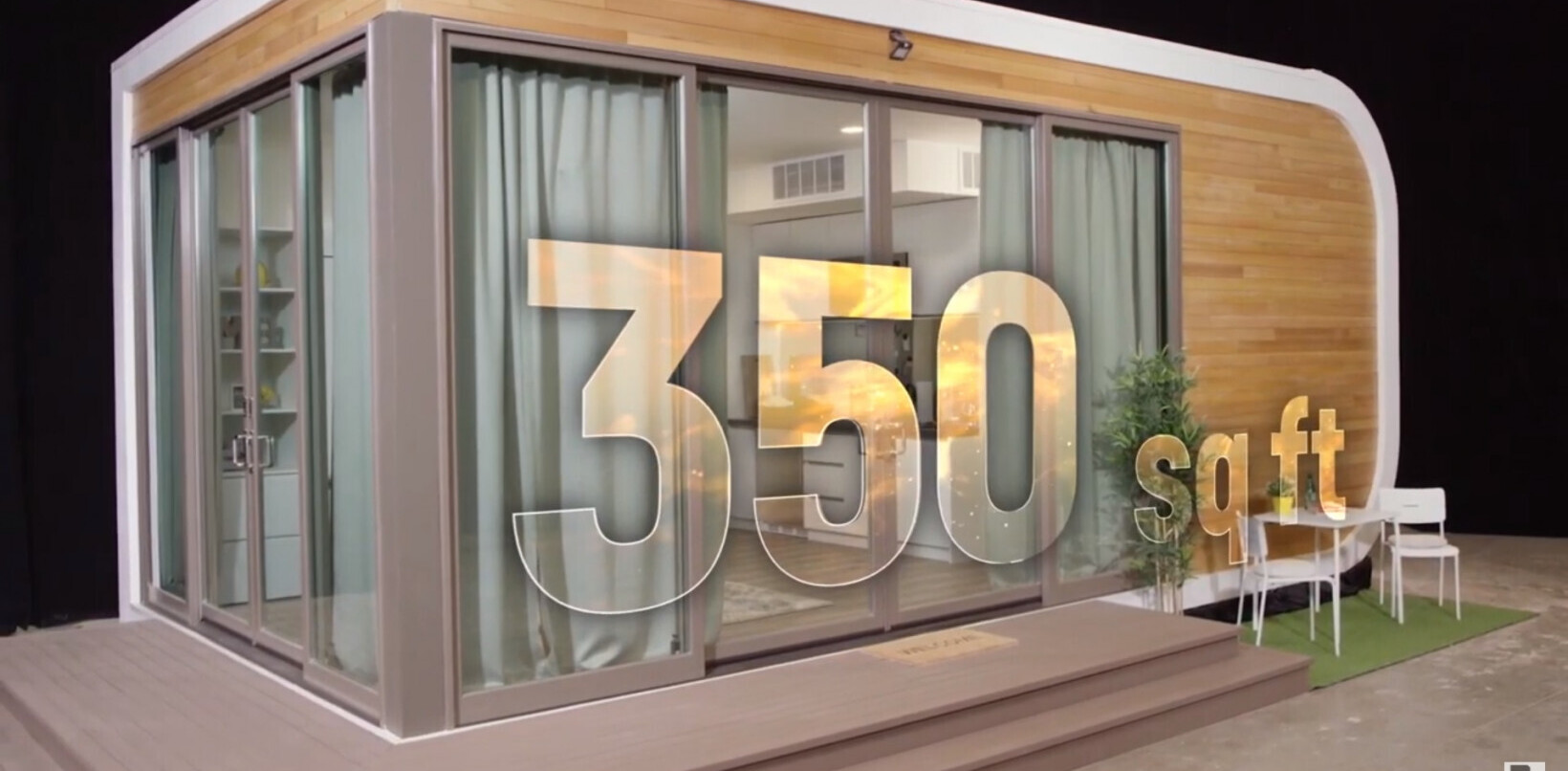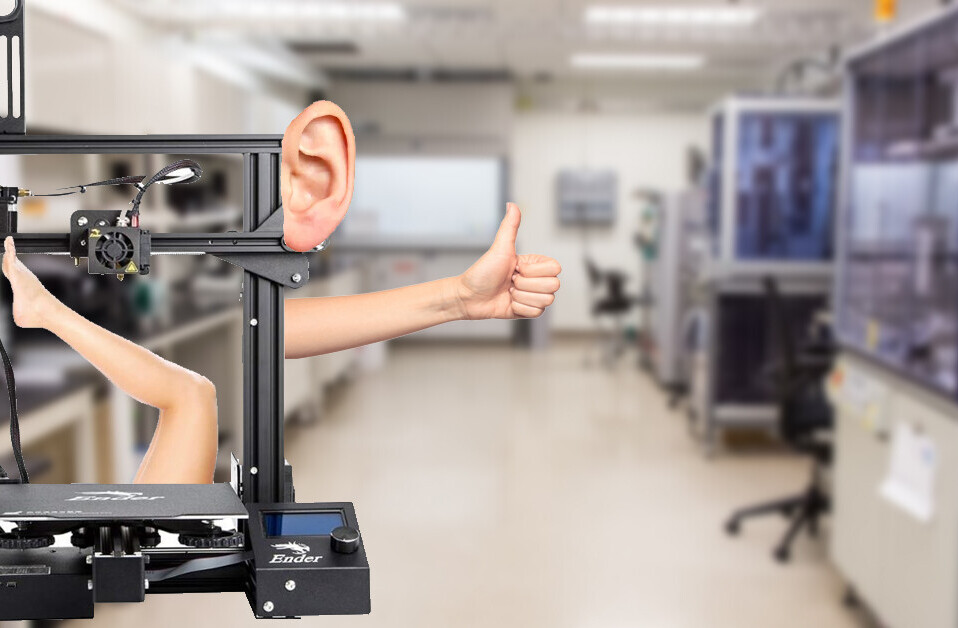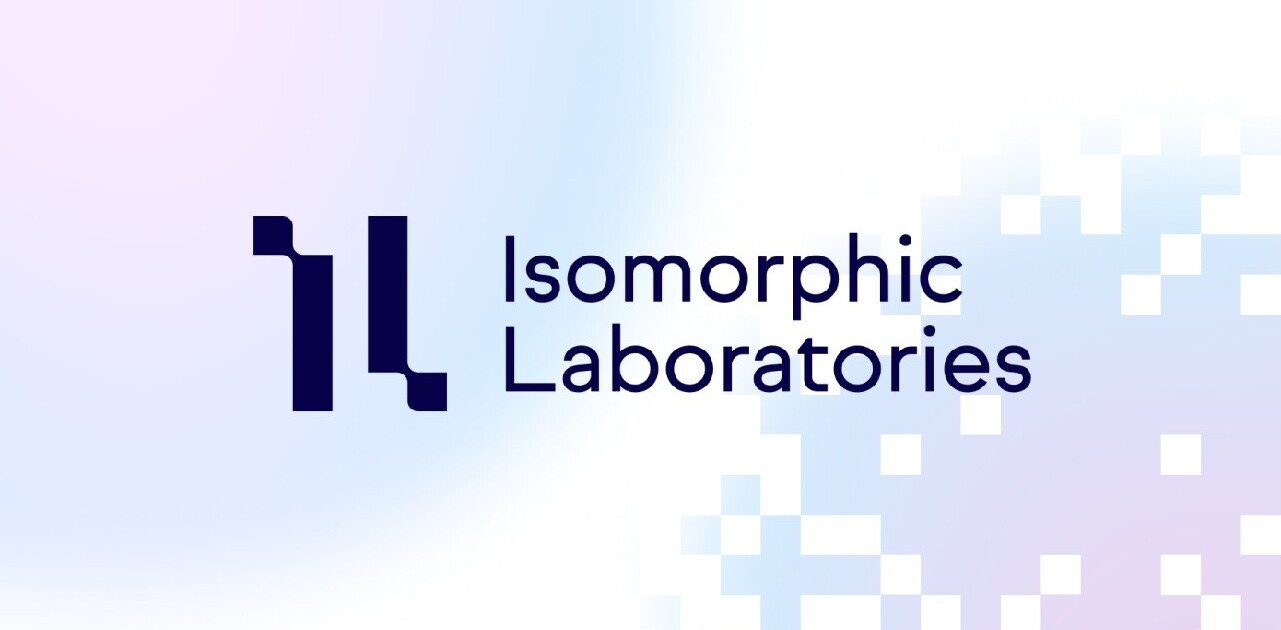
Pharmaceutical manufacturing is closely linked to mass production. In order for medicines to be sold cheaply, they often have to be made in huge amounts. But what happens if you need a drug in a different dose than what’s being sold? Or a different ingredient in the mix than what’s on offer?
While personalised medicine currently exists, its strictly small batch stuff, as compounding (the manual preparation of individualised drug treatments) is difficult, time-consuming, and lacks quality control. But now Helsinki startup CurifyLabs is automating the process by bringing 3D drug printing to hospitals and veterinary facilities.

CurifyLabs was founded last year and has since raised €3.5M in seed funding. With an ethos of Medicine-as-a-Service, the company 3D prints drugs. It’s created a way to safely develop medicines that respond to a patient’s exact needs and can accommodate their size, physiology, and species — as well as any allergies.
Medications can be printed in different shapes and flavours for ease of swallowing by animals and children or with different release speeds. What’s more, the process reduces the opportunity for error in compounding. All drugs maintain pharma-grade material quality, composition, and shelf life — and there’s also less material wastage.
From inkjet to 3D printing
I spoke to the company briefly at Slush yesterday in Helsinki. Founder Niklas Sandler Topelius is a former professor in pharmaceutical technology at Akademi University. He started his experimentation using a supermarket-purchased inkjet printer, replacing the ink with pharmaceutical ingredients for proof of concept. The results were promising, and the idea of 3D printing drugs took off.
And to be clear, this is no Breaking Bad, ragtag organization. This is a startup with serious scientific cred. For example, Topelius has published more than 100 peer-reviewed articles, including 60 within the field of 3D printing medicines.
In tech, there’s often a temptation to chase the next shiny thing, but lately, academic science spin-offs are appearing more and more. These function as a highly effective way to bring products to market that solve complex, real-world problems.
And CurifyLabs is one of them — although there’s still a long way to go. While raising €3.5M in seed funding is a big start, it’s merely a drop in the ocean for the $1.42 trillion pharma market.
The hope is that these small beginnings can have a huge knock-on effect. If its initial work is successful, Curifylabs could change how we treat illness. In the future, medicine may treat you as an individual. You’ll be able to get drugs tailored precisely to your body. And that could remodel the world of health.
Get the TNW newsletter
Get the most important tech news in your inbox each week.




